How many types of sleep disorders are there?
Type 1: Dysomnia
These disorders have a specific impact on sleep duration and/or its quality.
- Insomnia
- Narcolepsy
- Hypersomnolence disorder (or hypersomnia)
- Circadian rhythm sleep-wake disorders (e.g., jet lag)
- Substance/medication-induced sleep disorder (alcohol, cannabis, caffeine, opioids, sedative medications, anxiolytics, tobacco, etc.)
Type 2: Parasomnias
These disorders affect the sleeper’s behavior during sleep (occurrence of abnormal behavioral or psychological events) but have a low impact on their alertness when awake.
- Behavioral disorder during REM sleep (talking, laughing, shouting, hitting, etc.)
- The Nightmare Trouble
- Breathing-related sleep disorders (obstructive sleep apnea, hypopnea, sleep apnea, sleep-related hypoventilation)
- Awakening disorders during non-REM sleep (sleepwalking, night terrors, etc.)
- Restless legs syndrome (or restless legs syndrome)
Type 3: Sleep disorders related to psychiatry or illness
Although different from each other, these disorders have the common variable of generating in the affected person a dissatisfaction with the quality and/or quantity of sleep as well as its overall progress. As a result, daily life can be significantly altered (concentration problems, constant fatigue, difficulties in being in society, etc.), involving potentially serious repercussions on health (cardiovascular risks).
What are the symptoms of sleep disorders?
Symptoms of insomnia
Insomnia can be of psychological origin (emotional stress) or extrinsic (change in the usual environment, important event, etc.). It manifests itself by difficulties falling asleep, waking up at night, or even involuntarily waking up too early in the morning. If these difficulties recur more than 3 times a week for 3 months, we speak of chronic insomnia. It may then be relevant to consult a psychologist.
Symptoms of hypersomnolence disorder (hypersomnia)
Hypersomnia is characterized by an increased need for sleep. This manifests as daytime sleepiness, great difficulty getting up in the morning, and an almost daily need to nap to keep going. An adult is said to be hypersomniac when they sleep more than 11 hours per day.
Symptoms of narcolepsy (Gélineau’s disease)
Although relatively rare, narcolepsy causes the sufferer to experience sudden drowsiness at any time of day. The main symptoms (be careful, they are not systematic) are:
- an irrepressible urge to sleep, regardless of the time of day (daytime hypersomnolence)
- cataplexy (sudden loss of muscle tone without loss of consciousness)
- fleeting hallucinations or sleep paralysis upon waking and/or falling asleep.
Symptoms of sleep disturbances related to breathing
Sleep-disordered breathing (SDB) involves abnormal breathing patterns, pauses in breathing, or insufficient ventilation during sleep. Examples include snoring and sleep apnea. Apnea occurs when breathing stops for at least 10 seconds.
Symptoms of circadian rhythm sleep-wake disorders
Circadian rhythm disorders define a mismatch between a person’s internal clock and the Earth’s day/night cycle. In short, it makes it impossible for the person to fall asleep or stay awake when they want to. This can occur in situations of jet lag, an irregular lifestyle, or underexposure to daylight.
Symptoms of REM sleep behavior disorders
These behaviors usually manifest as simple activities, such as talking, laughing, shouting, or swearing during REM sleep (where dreams occur). In some cases, these behaviors can become more complex and dangerous to those around them: slapping, punching, and trying to get one’s partner out of bed are frequently cited. In affected patients, these disorders are observed on average once a week, but can occur up to 4 times a night for several consecutive nights in the most extreme cases.
Symptoms of non-REM sleep behavior disorders
Disorders occurring during non-REM sleep are characterized by brief awakenings, generally lasting between 1 and 10 minutes, and lasting up to an hour. The affected person’s eyes are usually open, but the levels of consciousness vary. This is where we find the famous somnambulism: the person adopts complex behaviors (leaving their bed, wandering, etc.) during the sleep phase (usually the first third of the night).
Symptoms of Nightmare Disorder
Nightmares are sequences of imagery that occur during REM sleep. These images, which, when put together, form a veritable story, generate negative emotions in the sleeper: anxiety, fear, anger, etc. Upon waking, the nightmare can be recounted in detail: the details are well remembered because they are so striking.
Symptoms of restless legs
These symptoms generally occur when falling asleep, in a motionless position. The sleeper suddenly feels abnormal sensations in their legs (paresthesia), such as itching, tingling, or pins and needles. Although not or only slightly painful, these symptoms are unpleasant and cause uncontrolled movements in the legs and an irrepressible urge to move.
Symptoms of sleep disturbances due to substance use/medication
Certain substances (alcohol, drugs, etc.) and certain medications can cause sleep disorders.
What are the main causes of sleep disorders?
When the causes are not genetic, medical (treatment taken, symptoms of illness), or linked to external factors (noisy place, temporary jet lag following a plane trip, etc.), lifestyle and bad habits are regularly the cause:
- excessive use of screens (and their famous “blue light” to be avoided at all costs in the evening – this acts as a stimulant that puts the brain on alert and prevents sleep by disrupting the biological clock)
- sedentary lifestyle ( practicing physical activity helps regulate our rhythm)
- On the contrary, excessive physical activity in the evening
- increased consumption of stimulants (tea, coffee, tobacco, energy drinks)
- Go to bed very soon after dinner
- alcohol consumption (which has a strong impact on sleep)
- stress, anxiety…
How to treat sleep disorders?
Natural treatments/homeopathy
Certain natural methods can be considered to promote falling asleep and, more generally, sleep. These include music therapy, yoga, light therapy, and herbal medicine (using the properties of plants).
Phytotherapy defines the action of treating ailments with plants or their extracts. Some of them have historically been used for the treatment of specific ailments (such as digestion, sleep, detox, or anxiety). The most famous plants for promoting sleep are lemon balm and hawthorn. To reduce stress (in order to fall asleep, among other things), passionflower, valerian, hops, eschscholtzia (also called California poppy), or black horehound can be your allies thanks to their anxiolytic/sedative properties.
You can consume these plants in the form of infusions, capsules (available from pharmacies), or essential oils (sparingly and with caution: essential oils are not without danger).
Medical treatments
If natural solutions and/or the establishment of lifestyle habits conducive to falling asleep (bedtime ritual, physical exercise during the day, diet, anxiety, etc.) fail, drug treatments may be considered.
As seen previously, it is first essential to identify and treat the underlying cause responsible for the sleep disorder:
- An activity rhythm that does not allow for a stable getting-up/going-to-bed rhythm
- An environment unfavorable to sleep (noise, lights, heat, etc.)
- Mental health disorders (depression, acute anxiety, illness)
- Severe pain caused by illness
- Sleep apnea syndrome
- Excessive consumption of stimulants…
While waiting to treat the underlying cause, insomnia can be combated in the short term with drug treatments:
- A mild herbal sedative,
- A hypnotic drug – sleeping pill type
- A drug from the antihistamine or benzodiazepine family
In any case, all these treatments are always short-term to limit the risks of addiction (both physical and psychological) and the impact of side effects (cognitive abilities, drowsiness, behavioral disorders, etc.).
⚠️ Certain medications cannot be prescribed during teleconsultation: these require a prior medical assessment at the doctor’s office as well as monitoring for possible side effects!
What are the risks and possible developments?
We will likely all experience sleep disturbances at some point in our lives. Occasionally (if not permanently), this is normal. However, when sleep disturbances persist, they can lead to:
- To depression (vicious circle)
- The development of cardiovascular disorders ( high blood pressure, heart rhythm disorders)
- at risk of type II diabetes
- at risk of being overweight or obese.
Lack of sleep and diet
Lack of sleep affects our hormones and behaviors. For example, it increases ghrelin, the hormone that triggers hunger, and decreases leptin, the hormone that induces satiety. This also leads to a drop in blood sugar (which creates a craving… for sugar!). Furthermore, boredom can quickly set in during these long periods of wakefulness and can be compensated by snacking.
Tips for better sleep
Throughout life, the body is conditioned and capable of developing new reflexes. Therefore, it’s never too late to establish a “bedtime ritual” (reading, breathing exercises, etc.): over time, it will instinctively send your body the signal that it’s almost time to fall asleep.
Keep in mind that falling asleep is primarily a mental process. By learning to channel your stress/anxiety and your thoughts (through relaxation, yoga, sophrology, meditation, etc.), you increase your chances of falling asleep easily.
To avoid putting your digestive system on overdrive (which disrupts sleep), it’s best to eat a light dinner a few hours before bedtime. Make sure you fall asleep in a cool room (ideally 18°C) and have fairly regular wake-up and bedtimes.





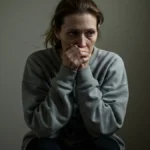
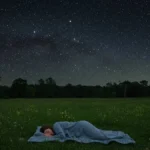


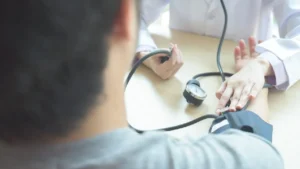
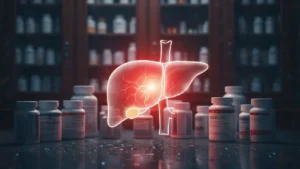




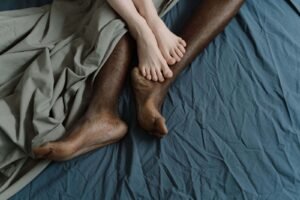
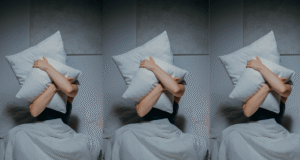

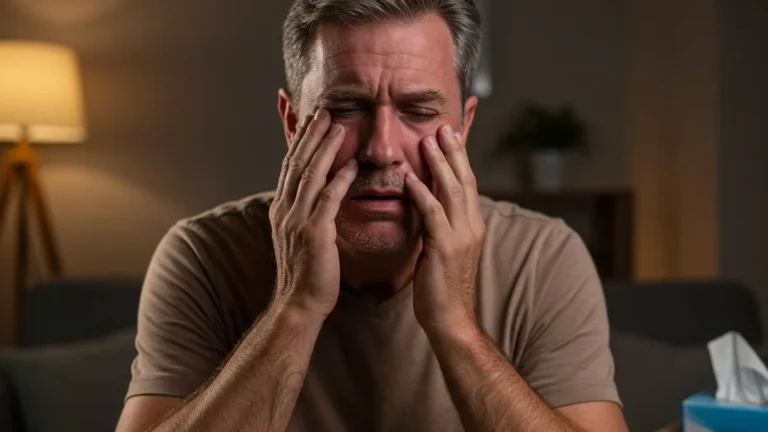
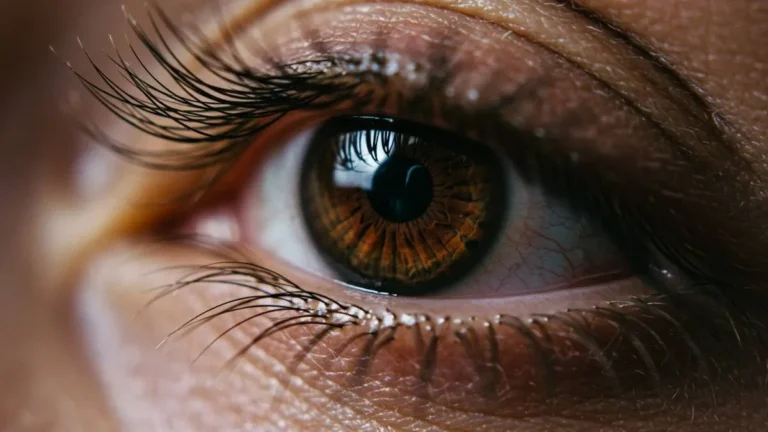
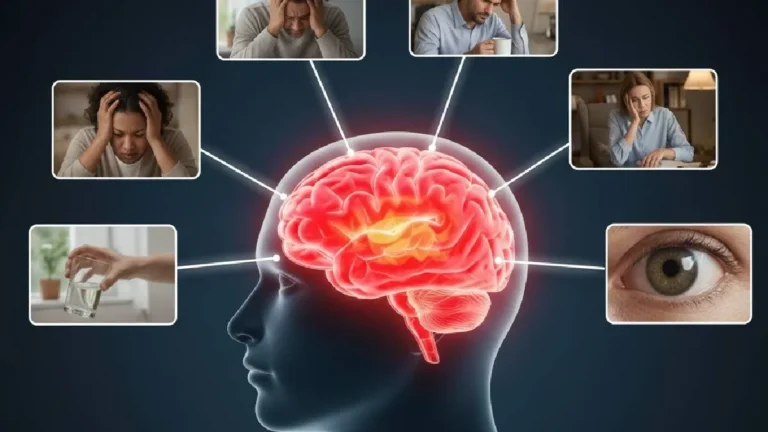

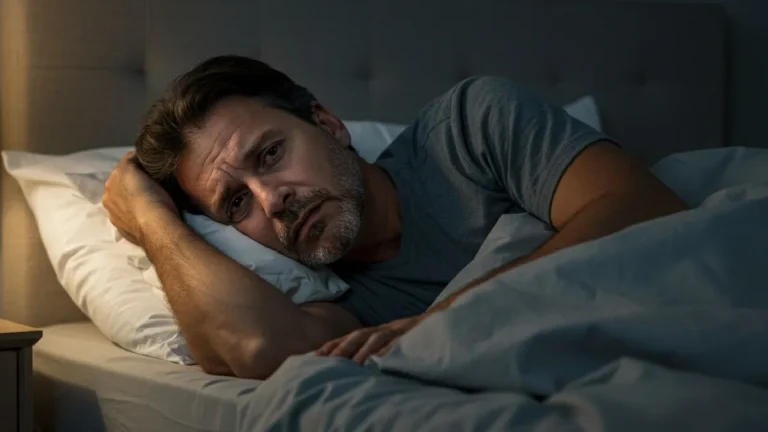
+ There are no comments
Add yours